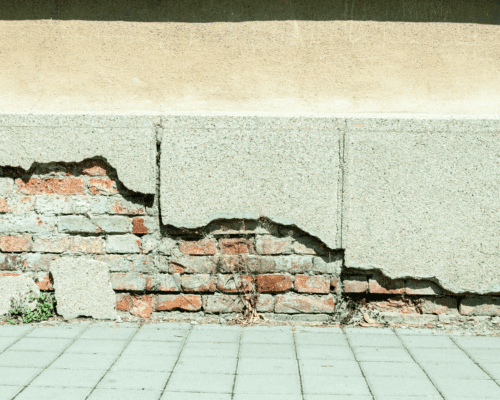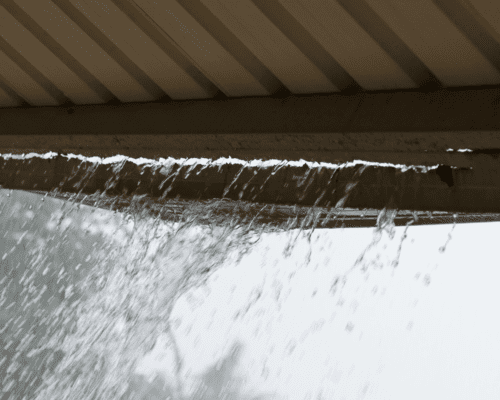Peterson Law Group Blog
Government Tort vs. Private Tort Claims: Key Differences

If you were injured due to the negligent actions of a state agency, municipality, law enforcement agency, educational institution, or any type of state or local government entity, there are strict filing deadlines and statutory rules that make the process much different than suing a private party. This is because California law provides immunity and other protections that make the process more difficult when the negligent party is a government entity.
Car Accidents Caused by Poorly Maintained LA Streets

Government liability laws can be daunting, especially for accident victims dealing with the aftermath of a car accident in Los Angeles that was caused by poorly maintained roads. California law provides certain types of immunity for government officials in these cases, but a skilled government liability attorney can identify legal strategies to help overcome these issues.
How Inverse Condemnation Claims Arise from Damaged Property

As a property owner, you have the right to bring an inverse condemnation action when your property has been effectively taken or damaged due to government action or the government’s failure to act. This includes physical appropriation and regulatory actions that lead to a loss in your property’s value.
The ‘Public Use’ Requirement in Eminent Domain Cases

Eminent domain allows the government to take private land to build roads, schools, or other infrastructure projects that serve the greater good of the public. In California, it is not acceptable for the government to take away your private property to benefit a private entity.
Jurisdictional Challenges in California Civil Litigation

Jurisdiction in civil litigation is a significant preliminary issue because it dictates a court’s authority to handle a case. Without proper jurisdiction, a court cannot issue a valid judgment, potentially leading to legal confusion and unfair outcomes. Jurisdiction ensures cases are heard in suitable venues based on location, subject matter, and other factors.
Subsidence and Insurance Claims: Navigating Coverage

Subsidence damage involves the damaging impact that results from the gradual sinking or settling of the ground beneath a structure, leading to structural damage such as cracks in walls, floors, or foundations.
2028 Olympics Planning Causes Eminent Domain Disputes in LA

Los Angeles is getting ready to host the 2028 Olympics, and as a result, there is an urgent need for transportation upgrades to handle the large influx of athletes and visitors. Expanded rail lines, metro extensions, and upgraded hubs are crucial to prevent congestion.
El Niño: How It Can Damage Your Business’s Property

El Niño is a climatic phenomenon characterized by the periodic warming of sea surface temperatures in the central and eastern Pacific Ocean, typically occurring every few years. This warming alters atmospheric circulation patterns, leading to significant weather disturbances worldwide. In layman’s terms, El Niño often brings unusually warm and wet conditions to some regions, while others may experience droughts or other extreme weather events. In times of crisis, having a knowledgeable legal advocate on your side can alleviate stress and uncertainty, allowing you to focus on rebuilding your business.
Defining “Fair Market Value” in Eminent Domain Cases

Eminent domain, the power of the government to take private property for public use, is a concept deeply ingrained in legal systems. It often raises questions about the fair compensation owed to property owners. Understanding the intricacies of “fair market value” in eminent domain cases is essential for both property owners and the government involved in these cases.
How To Know Whether You Have an Inverse Condemnation Case

Inverse condemnation is a legal concept that can be difficult to grasp, making it hard to determine whether you have a strong case. Property owners can overcome challenges in inverse condemnation cases by documenting damages with photos and records, gathering eyewitness accounts, obtaining expert opinions, and collecting relevant government documents.
Call To Reach Us For A Prompt Response
Los Angeles Office: (213) 236-9720
Irvine Office: (949) 955-0127